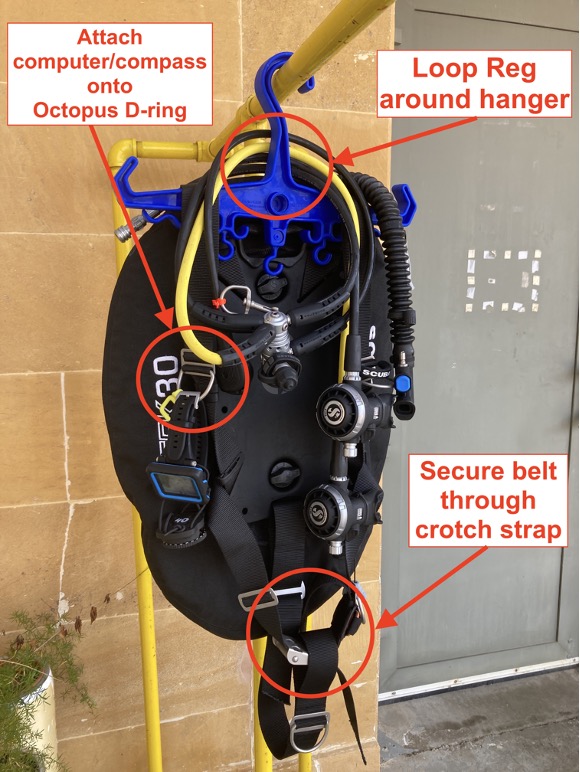




Quick Links:
Welcome to our Dive and Boat Safety page! Whether you’re exploring the depths of the ocean or cruising the open waters, safety should always be your top priority. Our comprehensive safety guidelines are designed to help divers and boaters to safely enjoy their experiences, and work while minimizing risks.
This page will take you through the dive & boat safety steps from preplanning until you get back safely.
The primary purpose of the Dive and Boat Safety Program is to promote safe practices for all individuals engaging in diving and boating activities. This program aims to minimize risks, prevent accidents, and ensure that both divers and boaters have the knowledge, skills, and resources to safely execute their job on the water.
By emphasizing education, preparation, and safety protocols, our program seeks to create a culture of responsibility; reducing the likelihood of injury or fatality while encouraging sustainable and enjoyable activities. We are committed to providing comprehensive safety guidelines that protect individuals, equipment, and the marine environment.
The Dive and Boat Safety Program covers a wide range of safety protocols, training, and guidelines applicable to all participants in diving and boating activities. The scope of the program includes a comprehensive approach that combines safety guidelines, hands-on training, and environmental awareness. The Dive and Boat Safety Program aims to create an informed and responsible community of divers and boaters, whilst striving to continuously improve and adapt to new technologies, changing regulations, and emerging safety concerns within the diving and boating communities.
The best way to handle a diving or boating emergency is to be prepared. By following safety protocols, being proactive in your training and understanding emergency procedures you can minimize risks and ensure the safety of everyone involved. Always stay calm, act quickly and communicate clearly in emergencies. In many diving scenarios, emergencies can arise both in the water and on the boat. Being prepared for either situation and having the necessary equipment to respond is essential.
For boat booking and other marine services, please contact Core Labs.
Click here to access the Core Labs booking portal.
Please refer to the “Diving Equipment Usage and Care Procedure” for more information.
Users wash, rinse and hang to dry the diving equipment they have borrowed following the below steps:
Dive gear (such as BCD, Compass, Computer, Nautilus, knife, torch, GPS, camera, SMB):
Cylinders and weights:
DAN O2 – do not rinse or wash – put near the drying racks.

If the above does not answer your questions, please contact the Dive Safety Officer: DSO.DL@kaust.edu.sa